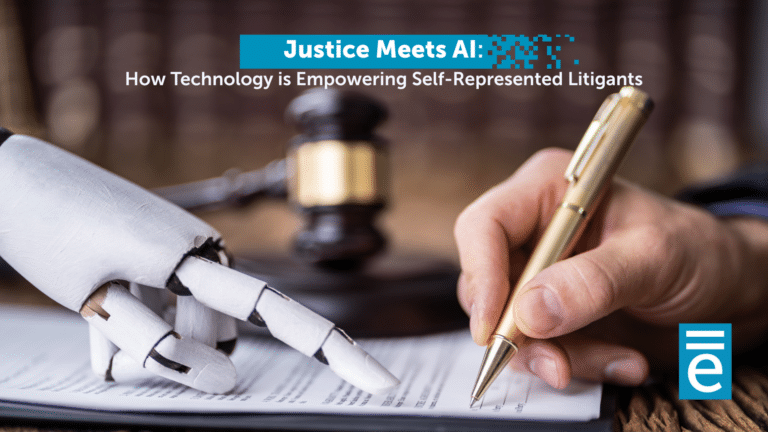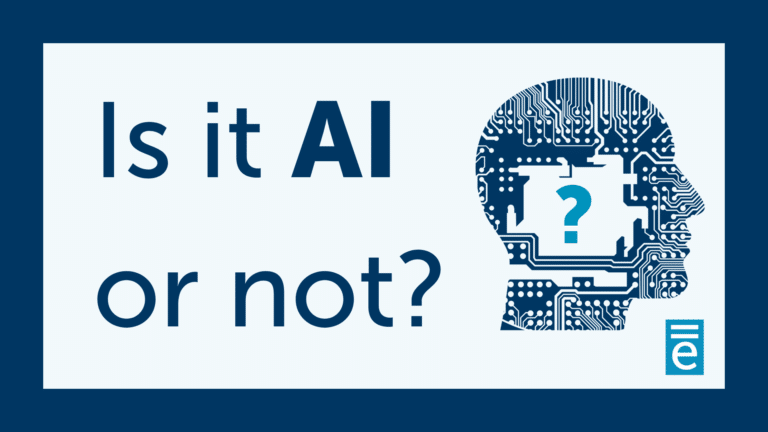Courts and administrative law agencies face the growing need to modernize systems and processes. The greatest challenge involves managing change in a way that maintains operational continuity while embracing new technologies. Because of this, strategic change management is crucial.
Laying the Groundwork for Change and Collaboration
Change isn’t just inevitable; it’s essential for growth. Transformation will happen whether you’re a part of a court or another justice agency. The key to navigating it successfully? Hiring the right people. Prioritizing traits like adaptability, precision under pressure, and a collaborative mindset sets the stage for meaningful progress.
But great hiring is just the beginning. Fostering a culture where team-based problem-solving thrives is what truly drives operational improvement. Innovation becomes a shared mission when staff are empowered to identify inefficiencies and lead process changes. Additionally, it’s essential to help employees understand the need for change. In an article published in Harvard’s Online Business Insights, 5 Critical Steps in the Change Management Process, the author says, “gaining initial buy-in from employees who will help implement the change can remove friction and resistance later on.”
Turning Resistance into Readiness: The Power of Leadership and Inclusion
Resistance to change is natural, but you can take action to overcome it. The key to a successful technology transition involves securing strong leadership buy-in and actively involving staff in decision-making. When leaders champion the vision and clearly communicate the “why” behind the change, it sets the tone for the entire organization.
However, vision alone isn’t enough. Empowering staff to participate in decision-making through feedback sessions, pilot groups, or collaborative vendor evaluations builds trust and ownership. It’s also important to highlight how the new technology will simplify work, reduce friction, and align with long-term goals. Pairing these things with transparent communication, hands-on training, and phased rollouts will transform hesitation into momentum.
Leading Change in the Courts: Balancing Governance, Tradition, and Lasting Impact
Driving meaningful change in judicial environments requires more than new tools and technology. It involves strategic alignment with governance structures and respecting tradition while pursuing innovation. For example, courts and justice agencies have relied on paper documents for decades. Many new technologies on the market highlight “paperless” environments, which can be scary for courts and justice agencies that have always used paper. Fortunately, paper-on-demand environments can provide the best of both worlds for those looking to innovate and maintain tradition where needed. Demonstrating how digital alternatives enhance efficiency without compromising integrity can help bridge the gap.
Sustaining change requires embedding it into the fabric of daily operations. New practices should be formalized through local rules and policies to ensure they are adopted and upheld. Courts and justice agencies must also commit to continuous improvement to ensure long-term success. This involves tracking outcomes, adjusting processes based on real-world feedback, and creating structured feedback loops that empower staff to shape the evolution of the system.
Change is inevitable, but it can be transformative with the right people, planning, and persistence. Courts and agencies that embrace innovation thoughtfully will be better equipped to serve the public efficiently and equitably.





